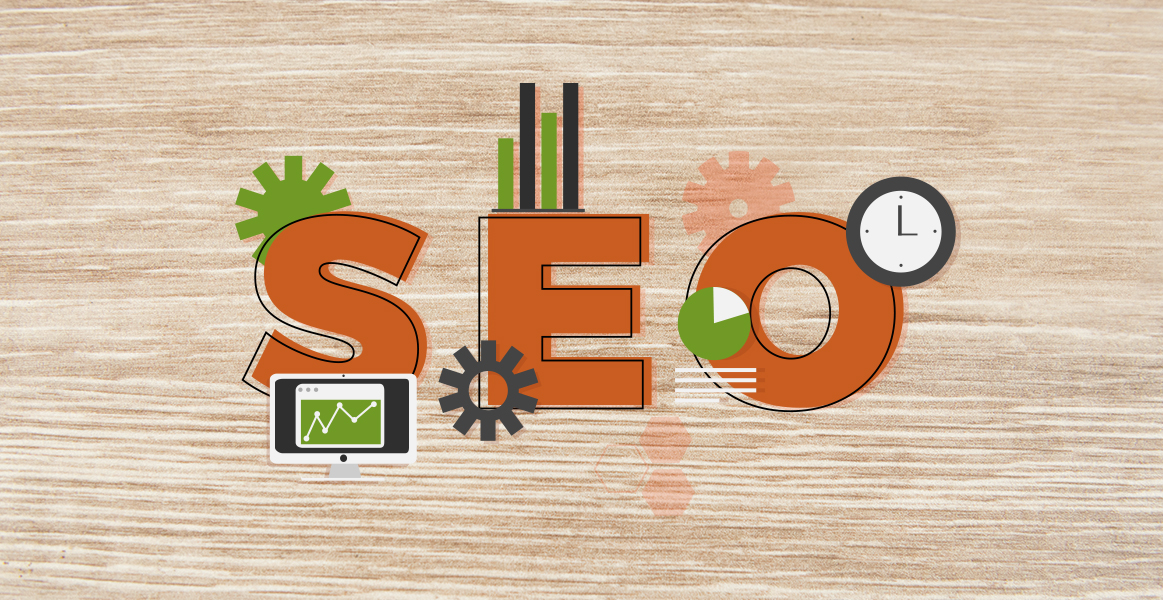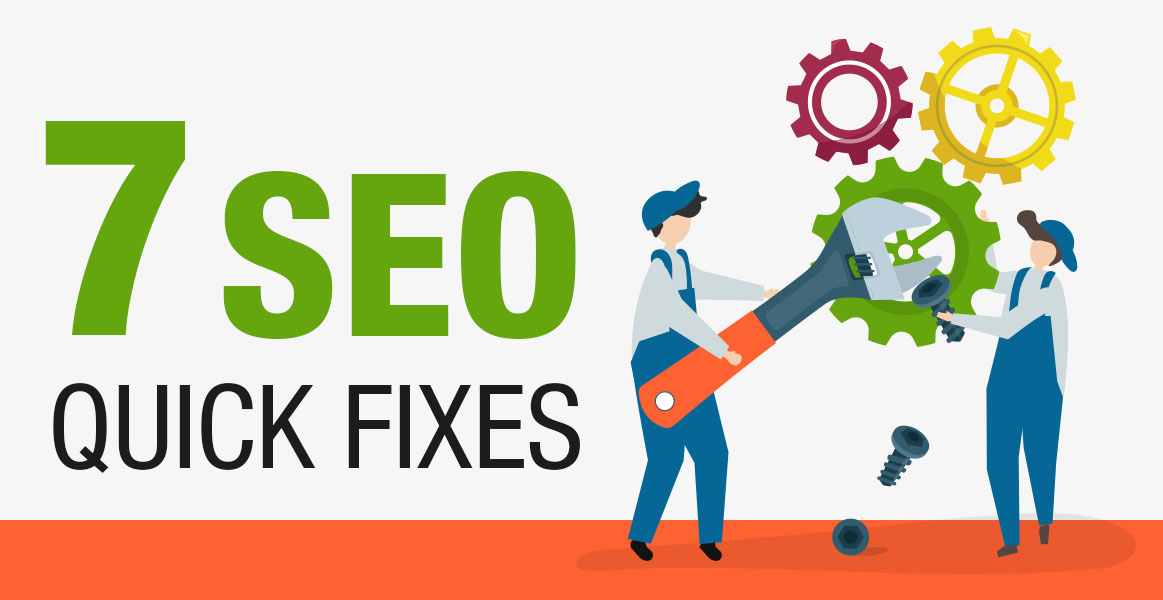T
here are a number of techniques involved in Search Engine Optimisation. Below we are going to look at a few of the main strategies used.
1. Keywords
Short tail keywords are 1 to 3 words long and long tail Keywords or keyword phrases are more than 3 words long. It is a good idea to have a mixture of both in SEO. Keyword phrases are becoming more popular in SEO because they do provide a better targeted description when using these keywords for searching. These keywords being used are the connection between you an your customers and are established and indexed by the search engines. Your potential customers will use these keywords and phrases to search, and if your website is successfully optimised then your article pages will show up in the search results. The starting point when looking at keywords for your business is looking at the words and phrases which are relevant and will perform for your site. Within an SEO plan targeted campaigns can also be organised to direct traffic to particular products and services, these campaigns are good when looking at wanting to increase the visitation to certain areas on your site.
A few mistakes people make when looking at keywords is to not think broadly enough about which keywords could be effective for their site, as well as selecting keywords that people don’t actually use to search. Another mistake is being unaware of which search terms are most popular among customers when searching for particular services and products. To avoid making the last mistake there are a number of research tools that can be used.
It is also good to keep in mind about search engines is that they are working on behalf of the end user, not for the website owners. Search engines will do everything they can to recognise when their end user is being sold to, so it is very important to ensure your content is engaging and relevant to the person searching in order to guarantee returning relevant traffic to your site.
Keep in mind the following
- Put yourself in the place of your potential customer and think how they might search for you, rather than what you want to be found for. You can also ask your current customers.
- New content on your site is also an effective way to improve ranking and visibility in search engines.
- The spelling of words is another thing to think about. Use both options - for instance 'optimization' and 'optimisation'.
2. Link Building
The basic idea behind link building is to acquire hyperlinks from other websites to your own. Search engines use links to crawl the web; they will crawl the links between the individual pages on your website, and they will crawl the links between entire websites. This SEO technique is one of the hardest to do well, and with the ever changing landscape of SEO and link building due to the search algorithms, the importance of building high-quality links has never been higher. The last thing you want is for your website to be penalised.
Through links, engines can not only analyze the popularity of websites and the pages based on the number and popularity of pages linking to them, but also metrics like trust, spam, and authority. Sites that are trustworthy will tend to link to other trusted websites, while sites that have a lot of spam will receive very few links from trusted sources.
So when asking the ever imporatnat question: How do search engines assign value to links? You would need to explore the individual elements of a link, and look at how the search engines assess each of the elements.
Some link signal below:
Global Popularity
Basically it pays to be popular. The more important a website is, then the more links from that website will matter to you when ranking.
Local and Topic-Specific Popularity
First pioneered by the Teoma search engine is the concept of "local" popularity. The suggestion is that links from sites within a topic-specific community will be more valuable than links from general or off-topic websites.
TrustRank
There are some people who estimate that 60% of web's pages are spam, so in order to take out this irrelevant spam content, search engines will use systems for measuring the trust of a site. Many of these systems are based on the link graph. Obtaining links from highly-trusted domains, such as non-for profit organisations, universities and government sites can result in a significant boost to the scoring metric.
Anchor Text
This is one of the strongest signals the engines use in ranking websites.If a lot of links point to a page with the right keywords, that page has a great probability of ranking really well for the targeted keyword phrase in that anchor text.
Social Sharing
The past number of years has seen an explosion in the amount of content, images and videos shared through social services such as Facebook, Twitter, YouTube and Google+. Search engines treat these links differently from other types of links and there is some debate among SEO professionals as to exactly how search engines factor social link signals within their algorithms. However, regardless of all of this there is no denying that the importance of social media channels is rising when it comes to help your site rankings.
3. Web Design
With a few of the following design practices you can improve a website’s SEO and ultimately their visibility.
Keywords and keyword phrases are one of the first things you should know and learn about when starting to optimise your website. When looking at keywords to use when searching for your business it is very important to first establish what your business objectives are. Do you want to target your local area, national or go global? With a good SEO plan in place you can then build or redesign pages that will target these specific keywords and keyword phrases, which in turn are going to help build your organic search rankings and target your specific market when they come searching for you.
If you are not sure what keywords to use, there are a number of great tools out there to help you, such as Google Adwords Keyword Tool, Wordtracker and Wordstream to name a few. When you do finalise your keyword list make sure it's based on research done around your keywords and keyword phrases. Also put yourself in your client's shoes, or even ask your client what words and phrases they used to search for your type of business.
SEO-optimised URL's within your website will enable search engines to quickly identify what a page on your site is about. It is also a very good idea to include keywords in the URL as this will help increase your organic Search Engine visibility, and let's face it SEO is all about being found.
At this point I am also going to mention that Google's algorithm is getting even more smarter, it is a good habit to name your images with descriptive keywords.
4. Citations
In reading about SEO you may of come across citations and NAP. A citation is a mention of your business across the internet on local directories, associations or other websites.
It may be seen as some of the following:
Company's name
Company’s phone number
Company’s address
Company’s name and phone number
Company’s name and address
Company’s name, address and phone number
A complete citation will involve a complete NAP of your business. NAP stands for the name of your business, the full address of your business and the phone number of your business.
A complete citation, besides the NAP should also have a category, a link to your website, email, hours of operation and photos. Depending on your type of business you could also include price and or coupons and discounts.
There is so much information out there on SEO techniques and the do's and dont's and we will explore each one and more further in future blogs. The most important thing to take away is that just because you have an amazing website online, you are not necessarily being found. The web is a vast metropolis with unimaginable amounts of streets between pages. If you are not doing any SEO then you need to start to even begin to have a chance of reaching that all important goal of being #1 in organic search rankings.
Need help then register for our FREE SEO report to get started on your SEO journey.











![Affordable SEO Strategies for Small Businesses [2024 Guide]](https://seoplans.net.au/images/blog-images/affordable-small-business-seo.jpg)